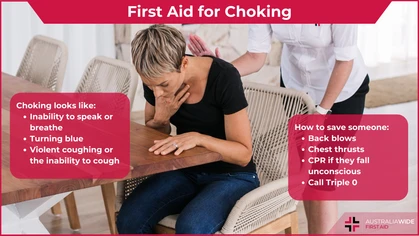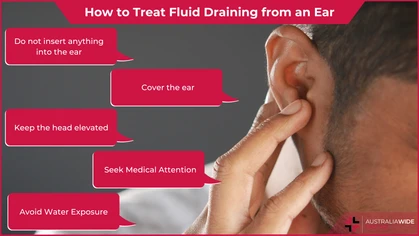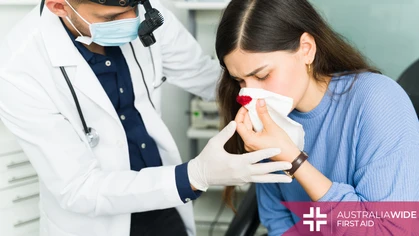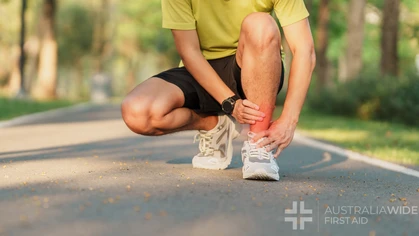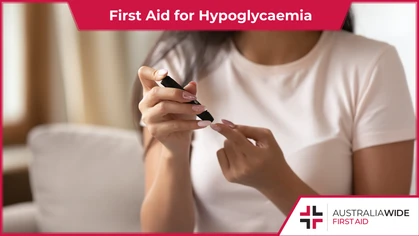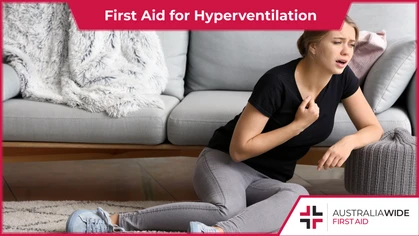Hypothermia First Aid

How-To
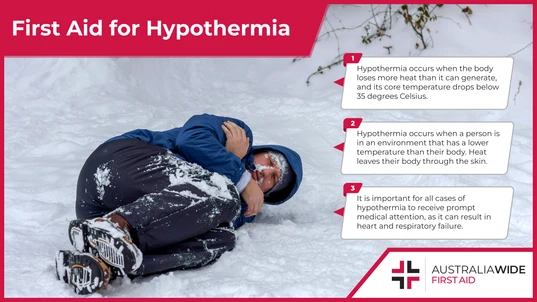
Hypothermia occurs when a person is in a cold environment that has a lower temperature than their body. It is important to know first aid for hypothermia, as it can result in death.
Hypothermia occurs when the body’s internal temperature drops below 35 degrees Celsius. Hypothermia can occur in any situation wherein the body loses more heat than it can generate. In saying that, hypothermia generally occurs when a person experiences prolonged exposure to cold weather conditions or cold water. It is important to know first aid for hypothermia, as severe hypothermia can result in multiple organ failure and even death.What is the Optimal Body Temperature?
The average normal body temperature is generally accepted as 37 degrees Celsius. There is a range either side of this, of about half a degree, that can be perfectly normal for each individual - each of our bodies operates slightly differently, so our 'ideal' temperature might be ever so slightly different as well. Our core temperature also varies throughout the day, depending on our activities. But 37 degrees Celsius is the clinical, or medical, baseline that clinicians and doctors use as the average to determine if a person might have a fever or be too cold. At this temperature, our body is warm enough to prevent fungal infections, but not so warm that we need to eat constantly to maintain our metabolism. This is also the temperature that our enzymes (biological catalysts that help speed up the processes within our cells) work best at. Our body produces heat through metabolic processes in the muscles and organs, when food is broken down to support our growth, repair, and energy needs. The hypothalamus, the part of the brain that links the endocrine and nervous systems, works alongside other parts of the body’s thermoregulation system to maintain this optimal temperature.What Causes Hypothermia?
However, when a person is in an environment that has a lower temperature than their body, they begin losing heat through the skin via conduction, convection, radiation, and evaporation. These processes generally occur faster in cold environments or inclement weather, as skin loses heat more quickly when exposed to wind or moisture. As the person’s body temperature drops, the muscles and organs that produce the most heat, such as the heart and liver, cease functioning normally to preserve heat for the brain. As such, if a person suffering from hypothermia is not given immediate medical attention, their heart and respiratory systems can falter to the point of death.Signs and Symptoms of Hypothermia
Mild Hypothermia (Body Temperature of 35 - 32 degrees Celsius)
- Shivering uncontrollably.
- Pale, cold skin.
- Fatigue, lethargy.
- Impaired coordination.
- Slurred speech.
- Responsive, but with apathy or confusion.
Moderate to Severe Hypothermia (Body Temperature of 32 - 28 degrees Celsius, and below)
- Blurred or double vision.
- Slow, shallow respirations.
- Unable to move limbs, muscle stiffness.
- Slow irregular pulse, low blood pressure.
- Casualty may be silent and appear to be asleep, or even unconscious. They may also be difficult to rouse. Conversely, they may not feel ill at all.
- For severe hypothermia, the absence of shivering. The person may also have non-reacting pupils and appear 'death-like'.
First Aid for Hypothermia
- Call Triple Zero (000) for an ambulance.
- Remove the person from the cold environment and provide shelter from the rain, wet, and wind.
- Remove the person's cold or wet clothing as soon as possible, and dry them as necessary.
- Warm the person by wrapping them in a blanket, such as a ‘space blanket’.
- If the person is fully conscious, give them warm, sweet drinks.
- Once the person commences shivering, reassess heating.
- Be prepared for sudden collapse and resuscitation.
What NOT to Do
- Do not attempt to warm the person up quickly or excessively by placing them in front of direct heat or in a hot bath.
- Do not attempt to generate heat by rubbing the person's skin.
- Do not give the person alcohol.
Recommended First Aid Courses
For more information on how to prevent, identify, and manage symptoms, head to a first aid course near you. The following first aid courses may be pertinent to you:Sources
- "Hypothermia", Better Health Channel
- "Hypothermia", WebMD
- "Metabolism", Better Health Channel
- "Clinical Methods: The History, Physical, and Laboratory Examinations. 3rd edition. Chapter 218 Temperature"
- "How the Body Regulates Heat", Rush University System for Health
Originally published at
https://www.australiawidefirstaid.com.au/resources/first-aid-for-hypothermia
as part of the Australia Wide First Aid Articles Library
